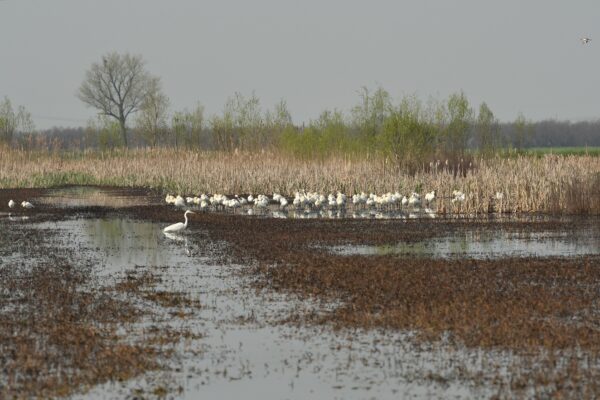Read Article Online
Download Pdf
Electronic Supplementary Material
ELECTRONIC SUPPLEMENTARY MATERIALS
Download Pdf
Electronic Supplementary Material
ELECTRONIC SUPPLEMENTARY MATERIALS
Long-term population trends of bird communities in artificially-protected wetlands of Northern Italy
Stefano Borghi, Carlo Giannella, Andrea Ravagnani, Rossella Casari, Alessio Farioli, Giuseppe Rossi, Matteo Dal Zotto, Nunzio Grattini, Daniela Campobello
Abstract:
Artificial wetlands have become a common conservation approach to contrast the decline of biodiversity globally, as a result of the ongoing loss and fragmentation of natural habitats. Assessments on the trend of the avian biodiversity in artificial wetlands are essential to understand their conservation value. This study aims to analyse temporal changes in the abundance of bird guilds and species in small artificial wetlands in Northern Italy. We surveyed bird populations over the 2005-2019 period from three adjacent wetlands, and examined temporal trends of species as both single species and grouped in guilds. We found the water systems analysed supported a high diversity of species. Overall, we found Swans and Geese, Cormorants, Raptors and Large wading birds had an increasing trend between 2005 and 2019, while Gulls and Terns were stable, Ducks, Rails and Cranes, and Grebes and Divers were uncertain, and Shorebirds decreased. Species-specific trends were revealed: Circus cyaneus (+13.40%) and Falco vespertinus (+21.32%) increased, while Calidris pugnax decreased (-7.91%) and Aythya nyroca was uncertain (+6.30%). Furthermore, dominant species had mainly a stable abundance (e.g. Larus ridibundus and Anas platyrhynchos), while Anas crecca increased (+2.97%), Vanellus vanellus decreased (-3.65%), and Fulica atra had an uncertain trend. We described these local systems as of vital importance to sustain the local and regional avian biodiversity, also urging to ensure national and international functional connectivity between natural and artificial systems.
